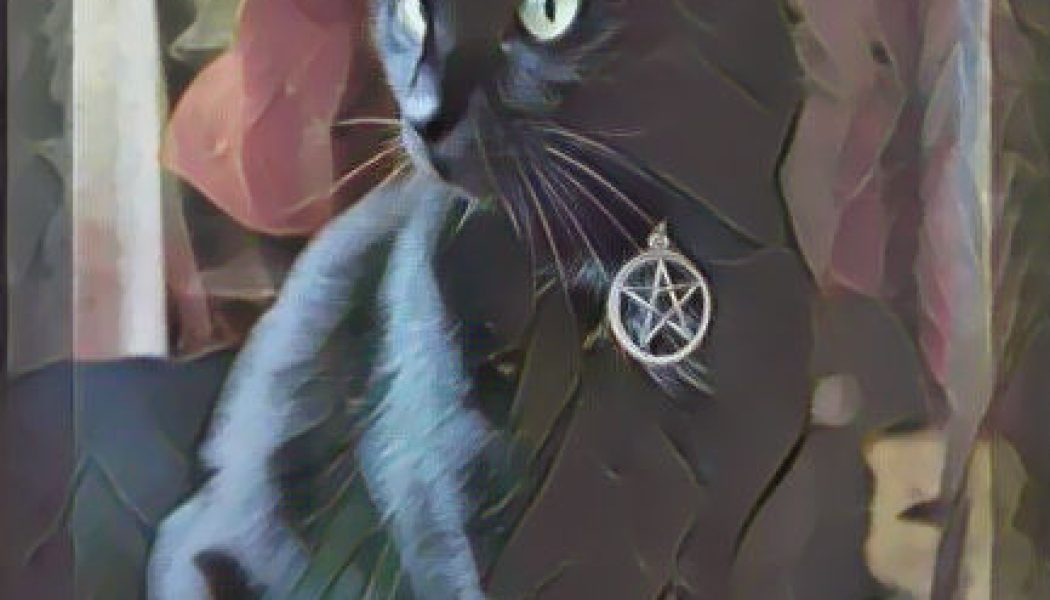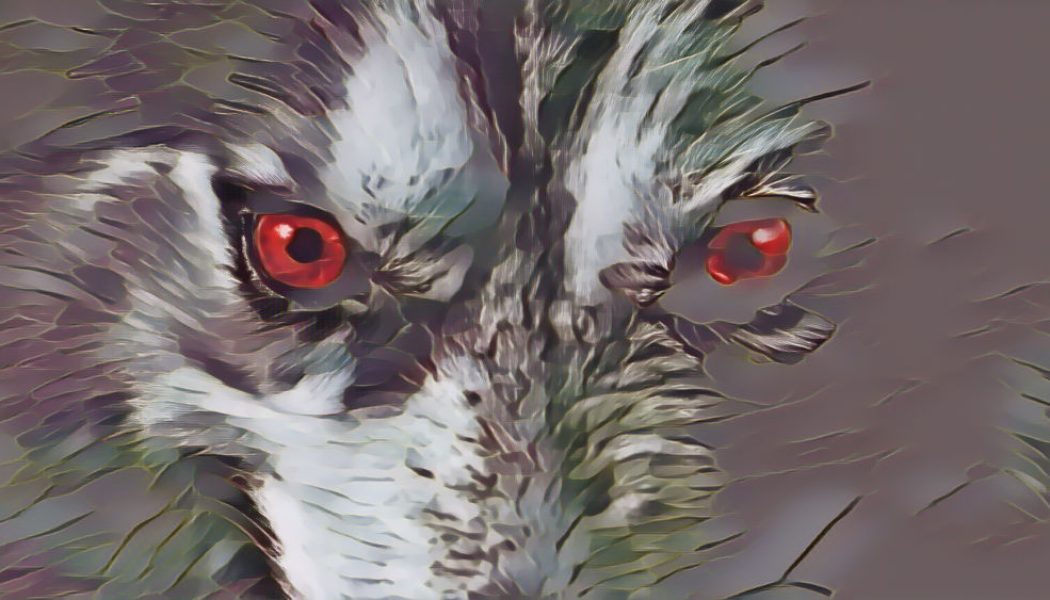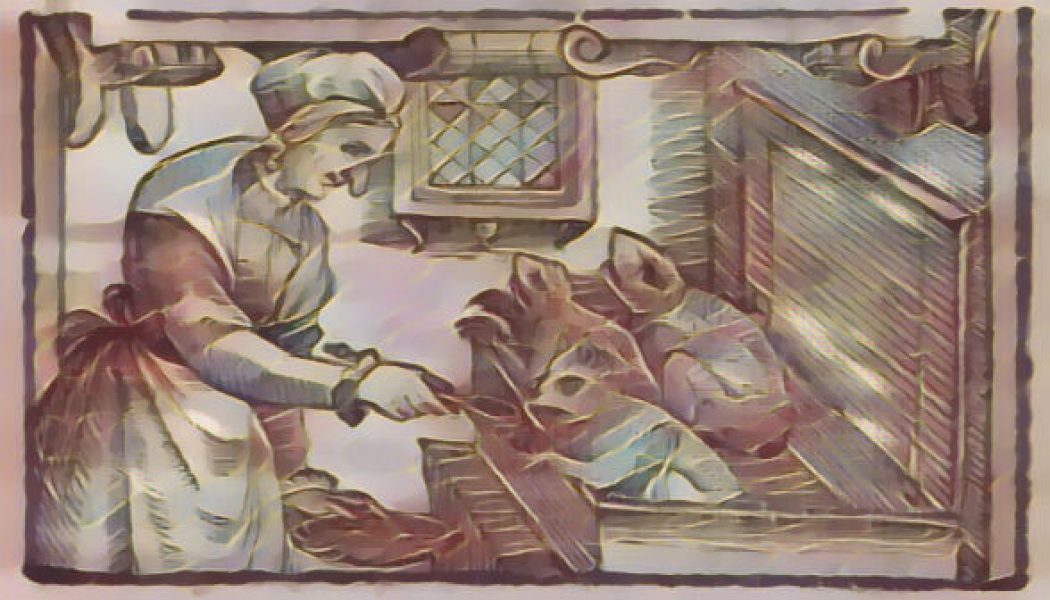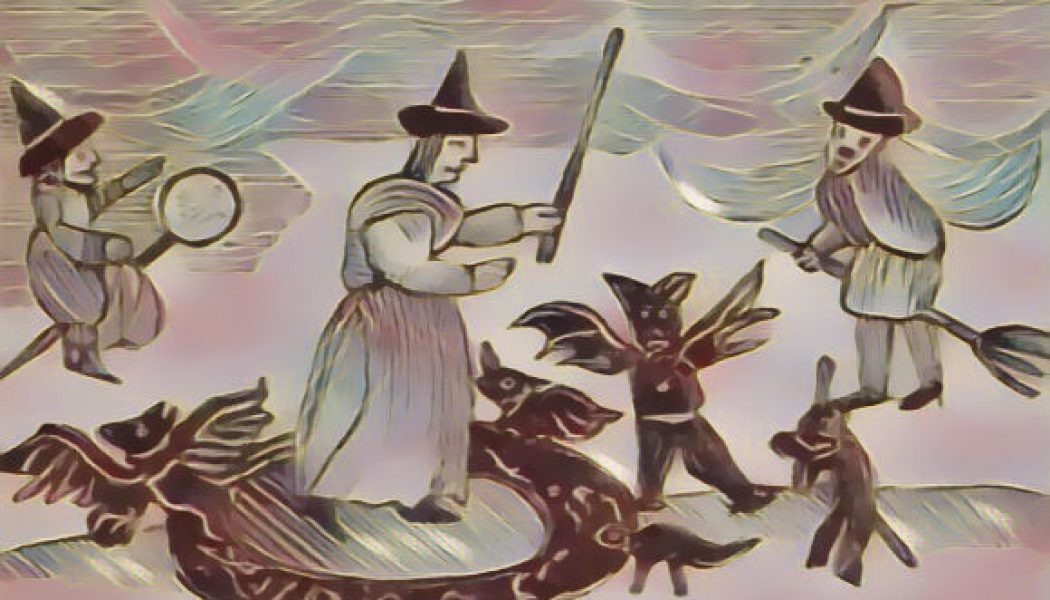Familiars
Black Cats Are the Familiars of Witches
In most of Europe a black cat arriving at one’s home is actually considered good luck. Somewhere along the line as the separatists fled to America for religious freedom, they became associated with ev...
Hell Hounds
Throughout time mankind has always told tales about a black furred, red eyed beast seen on the darkest of nights in the near vicinity of either graveyards or cemeteries, it is said that seeing one is ...
Familiars and The Witchhunts
Familiars usually assumed animal forms—cats, toads, owls, mice, and dogs were the most common—though virtually any animal or insect could be suspected. In witchcraft trials, if so much as a fly buzzed...
Familiars in Contemporary Witchcraft
Many modern witches have animal familiars, usually cats, which are their magical helpers. Some also have dogs, birds, snakes or toads. Witches do not believe the familiars are “demons” or spirits in a...







